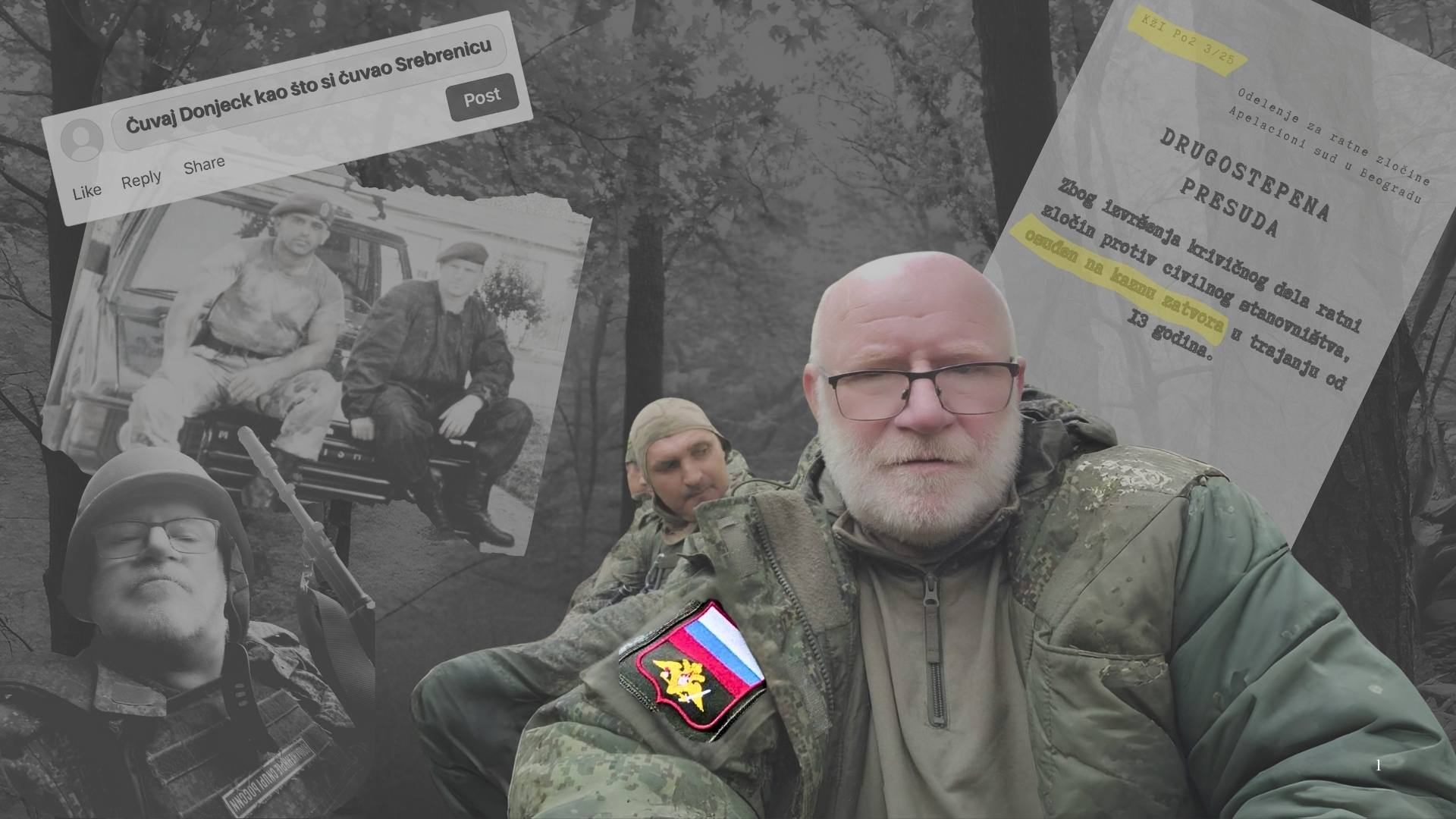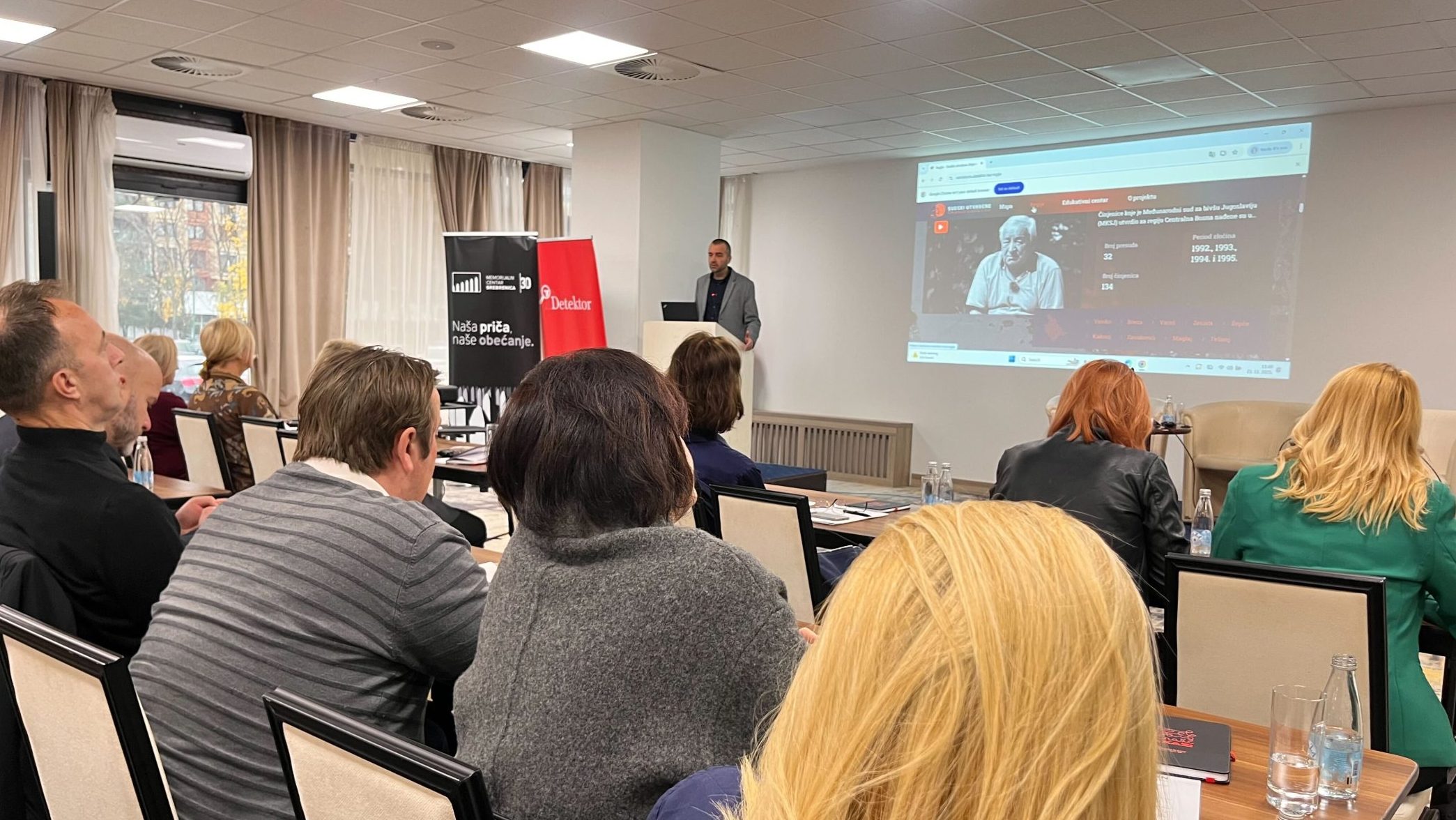This post is also available in: Bosnian
Suljevic said that, after having analysed the engravings on projectile stabilizers that were found after six explosions in Sarajevo in 1995, it was determined that the grenades were made in the Krusik factory in Valjevo between 1993 and 1995.
The witness, who conducted investigations into 17 mine-thrower and artillery attacks on the city, said that four of the grenades were made in the same year 1995 and that they exploded in Sarajevo in that year.
Mladic, the then Commander of VRS, is charged with terrorising civilians in Sarajevo by constant shelling and sniping activities. Also, he is charged with genocide in Srebrenica and seven other municipalities, persecution of Bosniaks and Croats and taking UNPROFOR members hostage.
Commenting on photographs of rocket engine remnants that were made by investigators, Suljevic confirmed that VRS also used modified air bombs with rocket drive.
When the Prosecutors presented him with photographs of big barrels made in Ilijas after the war in 1996, the witness said that VRS used to fill 200-liter barrels with explosives and put wheels on them before rolling them down towards an inhabited area from one of the hills surrounding the city.
During the cross-examination Mladics Defence attorney Branko Lukic asked Suljevic if the barrels were used for cleaning of mine-fields, but the witness denied this.
When Suljevic said that he never participated in investigations into attacks on military targets in Sarajevo, Lukic asked him if he investigated explosions in the vicinity of the front lines.
In some cases, civilians were killed a couple of hundred of metres away from the division line, Suljevic said in response to his question.
Mladics Defence attorney suggested that members of the Army of Bosnia and Herzegovina were situated in civilian houses, but the witness responded by saying that he does not know that, adding that civilians were most often killed outside of buildings.
Defence attorney Lukic suggested that the VRS attack on the TV Sarajevo building with a modified air-bomb was actually an attack on a military target, showing Suljevic a memorial board in honour of a security guard, who was killed on that occasion, which was erected by his comrades from the Third Company.
When asked whether he knew that the Army of Bosnia and Herzegovina guarded the TV building, Suljevic said that, as far as he knew, it was carried out by police.
Mladics Defence attorney is due to continue cross-examining Suljevic on Tuesday, February 12.


